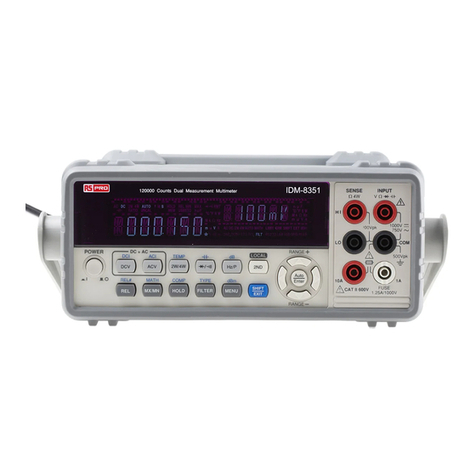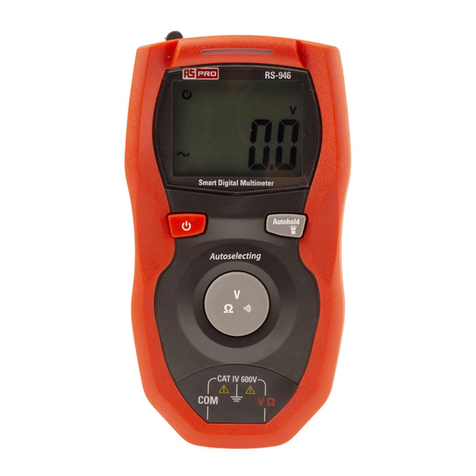RS PRO IPM 138N User manual
Other RS PRO Multimeter manuals
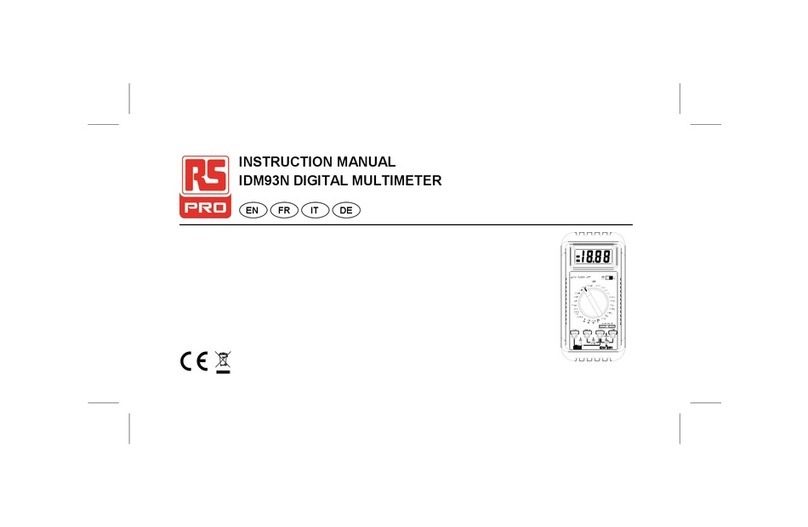
RS PRO
RS PRO IDM93N User manual
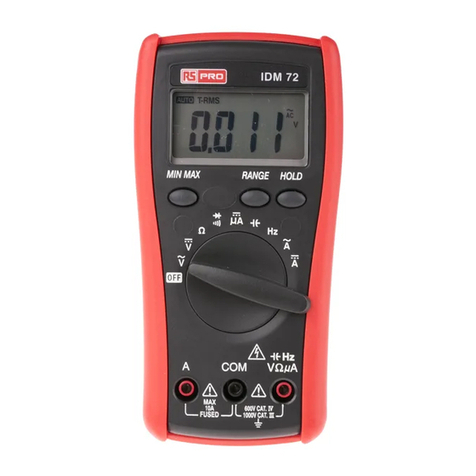
RS PRO
RS PRO IDM 71 User manual
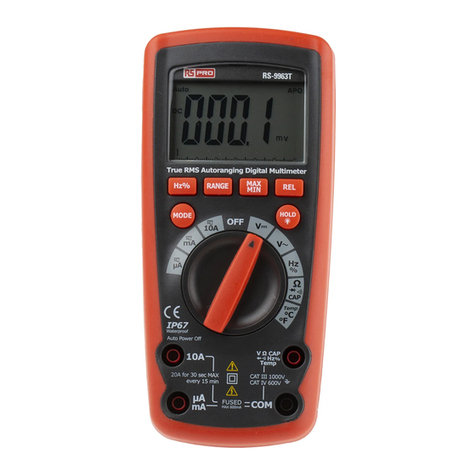
RS PRO
RS PRO RS-9963T User manual
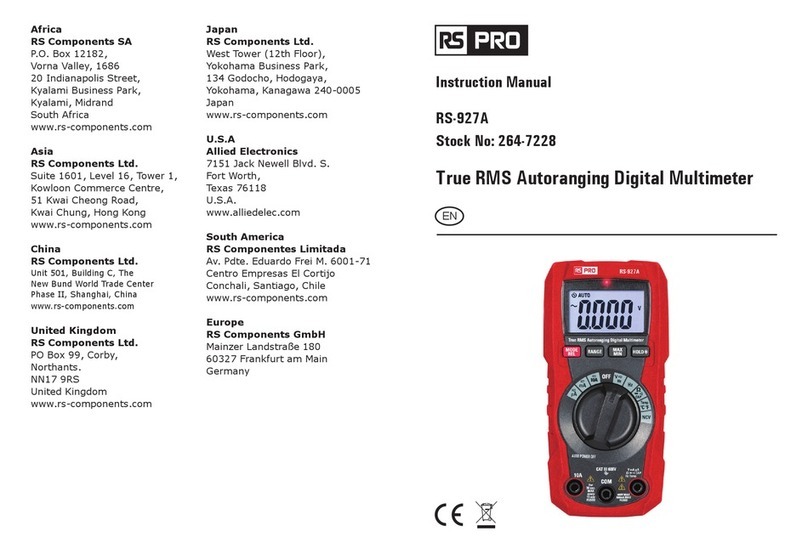
RS PRO
RS PRO RS-927A User manual
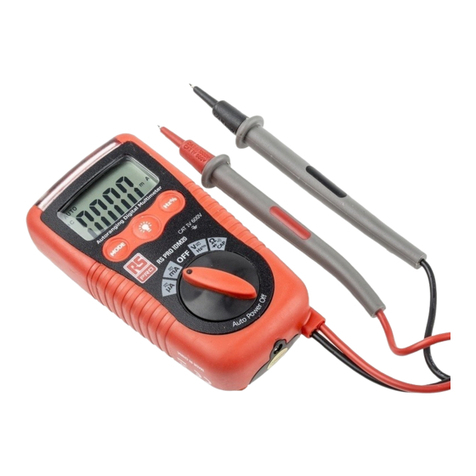
RS PRO
RS PRO RS IDM-20 User manual
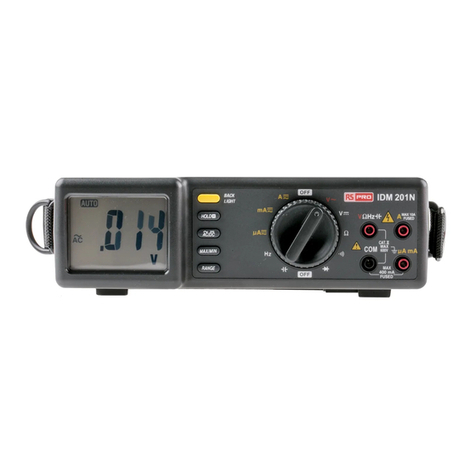
RS PRO
RS PRO IDM201N User manual
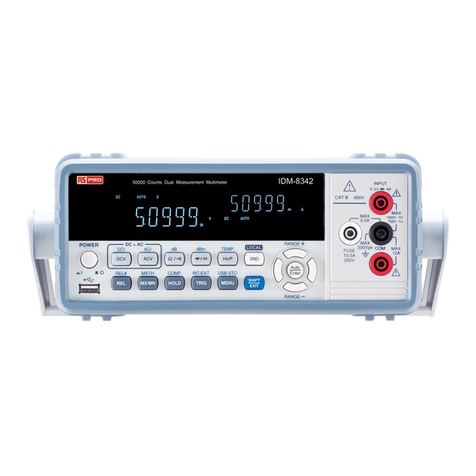
RS PRO
RS PRO IDM-8341 Series User manual
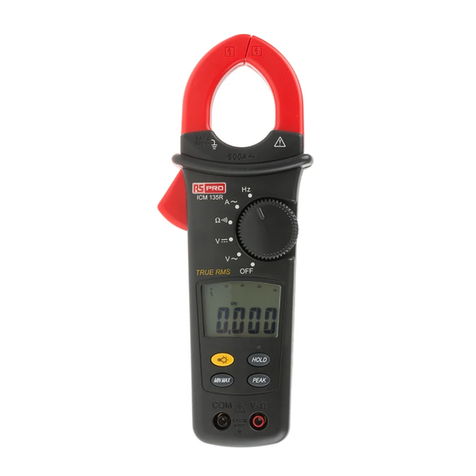
RS PRO
RS PRO ICM 135R User manual
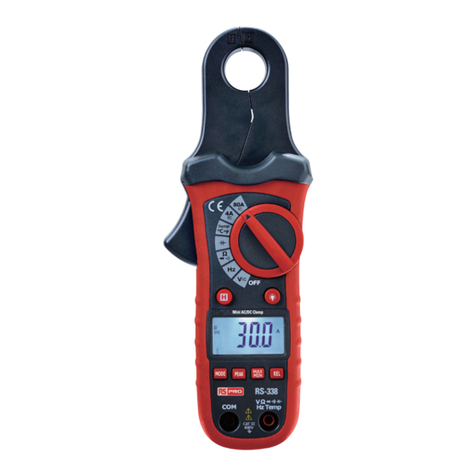
RS PRO
RS PRO RS-338 User manual

RS PRO
RS PRO LCR 1701 User manual

RS PRO
RS PRO S1 User manual
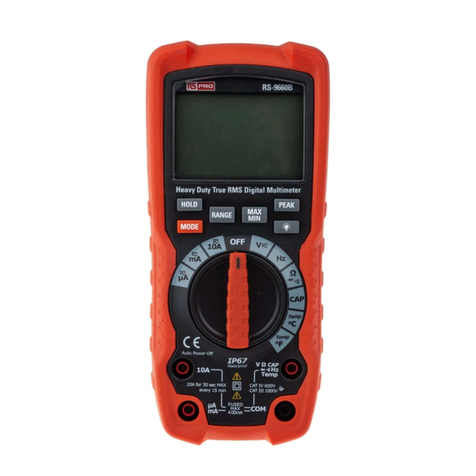
RS PRO
RS PRO RS-9660B User manual
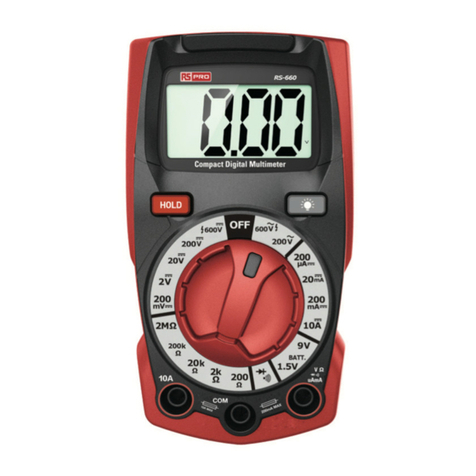
RS PRO
RS PRO RS-660 User manual
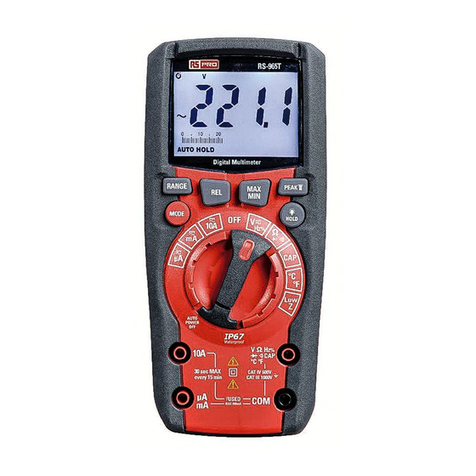
RS PRO
RS PRO RS-965T User manual

RS PRO
RS PRO RS-9519BT User manual

RS PRO
RS PRO ICM 139R User manual
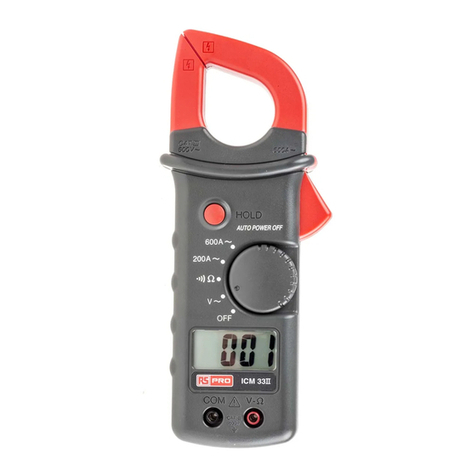
RS PRO
RS PRO ICM33II User manual

RS PRO
RS PRO RS-9519BT User manual

RS PRO
RS PRO RS-989 User manual

RS PRO
RS PRO RS-9889 User manual
Popular Multimeter manuals by other brands

Gossen MetraWatt
Gossen MetraWatt METRAmax 6 operating instructions

PeakTech
PeakTech 4000 Procedure of calibration

YOKOGAWA
YOKOGAWA 90050B user manual

Gossen MetraWatt
Gossen MetraWatt METRALINE DMM16 operating instructions

Fluke
Fluke 8846A Programmer's manual

Tempo Communications
Tempo Communications MM200 instruction manual
